How To Get Motivated To Work Out
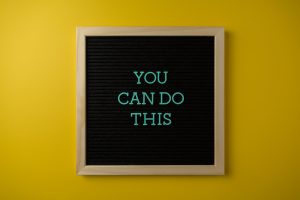 If you live in Houston, TX, getting motivated to work out is hard, especially on hot days. When you’re drenched in sweat from walking down the street, working up a sweat in the gym does not sound inviting. If that thought pops up, remember that the gym is air-conditioned. People often find reasons not to exercise after a tough day at work, but it’s the best time to exercise. You’ll burn off all the stress hormones and feel better when you’ve finished. There are other ways to motivate yourself to stick with your goals.
If you live in Houston, TX, getting motivated to work out is hard, especially on hot days. When you’re drenched in sweat from walking down the street, working up a sweat in the gym does not sound inviting. If that thought pops up, remember that the gym is air-conditioned. People often find reasons not to exercise after a tough day at work, but it’s the best time to exercise. You’ll burn off all the stress hormones and feel better when you’ve finished. There are other ways to motivate yourself to stick with your goals.
Focus on the reason you started your fitness program.
Everyone has a reason for setting their goals. It might be as simple as clothing not fitting or looking into a full-length mirror. Identify your reason, then write it down and refer to it frequently. Maybe you want to be fit enough to play with children or grandchildren. It might be a health issue that you can improve with exercise. If you haven’t written down your goal and broken it into smaller, more quickly achieved weekly goals, do so and focus on achieving your goal each week.
Schedule your workout as you would any appointment.
You probably wouldn’t skip an appointment with your doctor or to a function where you were the guest speaker. When you put your workout in your schedule, you’re making it a priority. Working out with a friend you meet in the gym or ride with makes it even more important. It’s one reason working out with a personal trainer is so successful. They hold you accountable for your appointment with the gym.
Keep score.
Track your progress. When you track your progress, you turn your workout into a game. Track the number of reps and sets of each exercise and focus on beating your last workout. If your goal is weight loss, track your weight and your measurements at the same time each week. Don’t weigh yourself every day. Weight fluctuates daily and can be depressing or misleading. If you lose inches but not weight, it’s still a win. Muscle tissue weighs more than fat tissue, so you’re building muscle that can make weight loss easier.
- Keep a photo log of your appearance. Take a picture once a week or month in the same outfit and spot. When you don’t feel like exercising, you can look back and be motivated by your progress.
- Do the one-step-at-a-time method. When you don’t feel like working out, tell yourself you’ll go to the gym, but give permission to leave if you want. Once you get there, do one set, still allowing yourself to leave. Before you know it, you’ll finish your workout.
- Focus on what you like about working out. Maybe it’s as simple as feeling in control and proud when finishing. It might be the exhilaration you feel when pushing yourself to the max.
- Make a deal with a friend who is also exercising. You give them money when you don’t exercise, and they give it to you when they don’t. See who makes the most money at the end of three months.
For more information, contact us today at Rising Fitness Gym

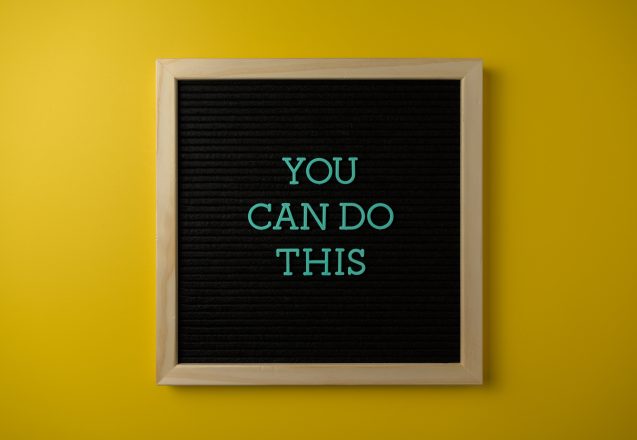

 If you’re planning a vacation, include plans that help you reach your goals. It’s not easy to stay fit while you travel, but you can do it with some forethought. Choosing your destination and the type of vacation you’ll have is one step. Make it active. You can start preparations now so the family is fit. Is a theme park with the kids your destination? Tell the kids everyone needs to build their energy level for a day or days at the park.
If you’re planning a vacation, include plans that help you reach your goals. It’s not easy to stay fit while you travel, but you can do it with some forethought. Choosing your destination and the type of vacation you’ll have is one step. Make it active. You can start preparations now so the family is fit. Is a theme park with the kids your destination? Tell the kids everyone needs to build their energy level for a day or days at the park.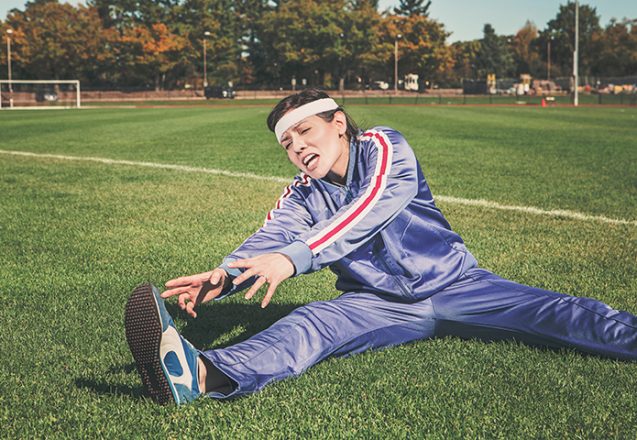
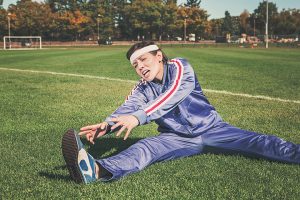 You learn from your mistakes, but nobody wants to make them when they first start at a new gym. It’s hard enough feeling self-conscious being the new person and pretty intimidating. Most people are focused on their workout and don’t notice, but not all errors are inconsequential. Some mistakes can affect how quickly you reach your goal or if you increase the potential for injury. Here are common mistakes and ways to correct them.
You learn from your mistakes, but nobody wants to make them when they first start at a new gym. It’s hard enough feeling self-conscious being the new person and pretty intimidating. Most people are focused on their workout and don’t notice, but not all errors are inconsequential. Some mistakes can affect how quickly you reach your goal or if you increase the potential for injury. Here are common mistakes and ways to correct them.
 People often complain that diet food tastes too plain and is like eating cardboard. It doesn’t have to be. You can add herbs and spices that will make your food taste delicious and almost decadent. That’s just one way herbs and spices help with weight loss. They are nutrient-dense and often contain phytochemicals that boost your metabolism or improve your potential to lose weight in other ways.
People often complain that diet food tastes too plain and is like eating cardboard. It doesn’t have to be. You can add herbs and spices that will make your food taste delicious and almost decadent. That’s just one way herbs and spices help with weight loss. They are nutrient-dense and often contain phytochemicals that boost your metabolism or improve your potential to lose weight in other ways.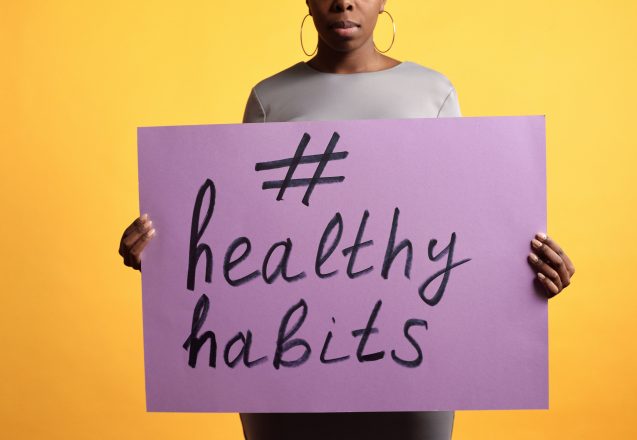
 Your future all depends on the habits you develop today. It doesn’t matter what life area you talk about, whether it’s attaining good health, accumulating wealth, or having a good relationship. Make this year the time you develop healthy habits that can make a difference in the quality of your life. Developing habits takes consistency. You have to do something every day for it to make it part of your life. It’s like brushing your teeth. You do it automatically.
Your future all depends on the habits you develop today. It doesn’t matter what life area you talk about, whether it’s attaining good health, accumulating wealth, or having a good relationship. Make this year the time you develop healthy habits that can make a difference in the quality of your life. Developing habits takes consistency. You have to do something every day for it to make it part of your life. It’s like brushing your teeth. You do it automatically.
 People in Houston, TX, realize that to get everything accomplished, they need to move fast and hustle. That can play havoc on your breathing and test your endurance. There are four types of fitness: strength, flexibility, balance, and endurance. Endurance has to do with your cardiovascular strength. It’s the ability of the heart and lungs to provide oxygen for the body. All types of exercise are excellent but for improving your cardiovascular strength, some are better than others.
People in Houston, TX, realize that to get everything accomplished, they need to move fast and hustle. That can play havoc on your breathing and test your endurance. There are four types of fitness: strength, flexibility, balance, and endurance. Endurance has to do with your cardiovascular strength. It’s the ability of the heart and lungs to provide oxygen for the body. All types of exercise are excellent but for improving your cardiovascular strength, some are better than others.
 When grocery shopping in Houston, TX, you want to get the healthiest foods that don’t break your budget. Finding nutrient-rich foods isn’t difficult. Just go to the produce section for most of it. That’s where you’ll find food that’s lower in calories but packed with nutrients. There are other types of foods besides fruits and vegetables that are also power-packed. They contain quality proteins and healthy fats.
When grocery shopping in Houston, TX, you want to get the healthiest foods that don’t break your budget. Finding nutrient-rich foods isn’t difficult. Just go to the produce section for most of it. That’s where you’ll find food that’s lower in calories but packed with nutrients. There are other types of foods besides fruits and vegetables that are also power-packed. They contain quality proteins and healthy fats.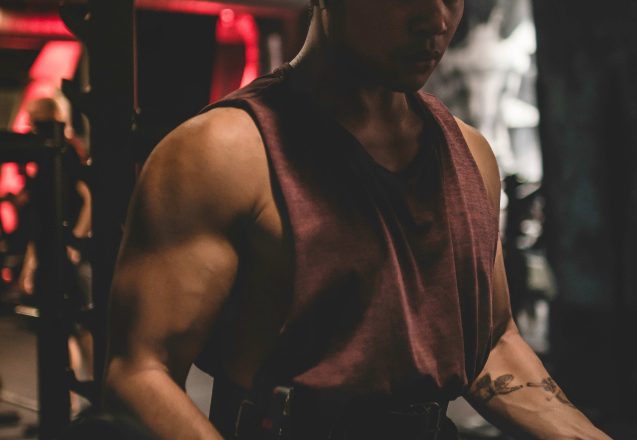
 Nothing is better than flexing and watching your biceps grow to an impressive size. Who doesn’t want big guns? You can add an inch to your biceps relatively You can add an inch to your biceps relatively quickly by following the right diet and using the best type of exercise. It takes consistency and lifting lighter weights but doing more repetitions to build more muscle.
Nothing is better than flexing and watching your biceps grow to an impressive size. Who doesn’t want big guns? You can add an inch to your biceps relatively You can add an inch to your biceps relatively quickly by following the right diet and using the best type of exercise. It takes consistency and lifting lighter weights but doing more repetitions to build more muscle.
 When you’re armed with knowledge of the latest scientific studies and years of experience, building muscle is easier, but it still takes hard work. Before you lift a barbell or do your first squat, you must decide your goal and why you want to build muscles. Do you want to get stronger, or is bulk and size your goal? Is weight loss part of your plan? Do you need to gain weight or only tone your body? Every goal requires a different approach and different nutrition and workout plans.
When you’re armed with knowledge of the latest scientific studies and years of experience, building muscle is easier, but it still takes hard work. Before you lift a barbell or do your first squat, you must decide your goal and why you want to build muscles. Do you want to get stronger, or is bulk and size your goal? Is weight loss part of your plan? Do you need to gain weight or only tone your body? Every goal requires a different approach and different nutrition and workout plans.
 Whether you’re trying to lose weight or are searching for other health benefits, fasting may be right for you. There are various types of fasting. Your goal, physical health, and preference will determine the one you use. You can do water fasts, 5:2 fasts, intermittent fasts, and many other variations. A 5:2 fast is where you eat normally for five days and abstain from food or eat a severely calorie-restricted diet for two days. You can do intermittent fasting in several ways, too. One of the most popular methods is to eat during an eight-hour window and fast the other sixteen hours.
Whether you’re trying to lose weight or are searching for other health benefits, fasting may be right for you. There are various types of fasting. Your goal, physical health, and preference will determine the one you use. You can do water fasts, 5:2 fasts, intermittent fasts, and many other variations. A 5:2 fast is where you eat normally for five days and abstain from food or eat a severely calorie-restricted diet for two days. You can do intermittent fasting in several ways, too. One of the most popular methods is to eat during an eight-hour window and fast the other sixteen hours.